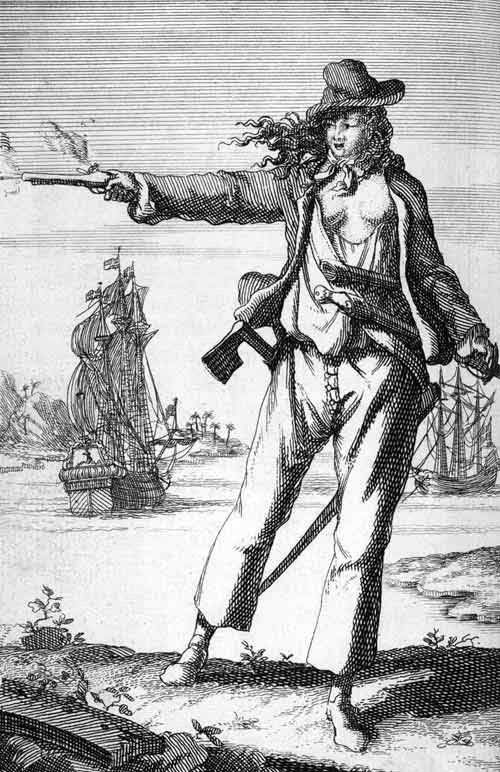Recently one of my tweets sparked a short, but interesting discussion (and a few grammar jokes) about appropriate guidelines for referring to ships in writing.
The tweet is below and focuses on when to use “THE” before a ship’s name.
But, that’s not the only issue that arises when referring to ship’s in writing by name. This post attempts to resolve some of those issues, or, at the very least, provides an initial framework for discussing ships in your books.
For more specific questions, further reading is linked at the bottom.
Let’s set sail…
A ship’s name is always italicized and with first letter capitalized (all caps is not acceptable according to Section 8.116 of the Chicago Manual of Style).
A ship’s prefix (e.g., HMS, USS, etc.) is never italicized and does not include punctuation between the prefix letters (not H.M.S.).
A ship’s prefix is only used the first time you introduce the ship, but should then be omitted in future references.
In a list of ships sharing the same prefix, the prefix can be left out from all names other than the first in the list.
Never us the article “the” before a prefix. For example, write “HMS Pearl sailed…” instead of “The HMS Pearl”.
Avoid using the article “the” before a ship’s name, but it can be used when appropriate for readability and flow (it’s not technically incorrect). If a ship is named in a language other than English and contains a definite article (e.g., La Paix, L’Orient), never use the article “the”.
Ships may be referred to by either feminine pronouns (“she”, “her”) or neutral pronouns (“it”, “its”), as long as the use is consistent. My default is typically the use of the feminine.
Many ships share the same name and it is important to distinguish between those ships. Usually, the ships will be distinguished by the year in which it was launched or constructed. HMS Shoreham, for example, might be referred to as HMS Shoreham (1694). If writing about a particular time period, the year may not be necessary.
Further Reading






